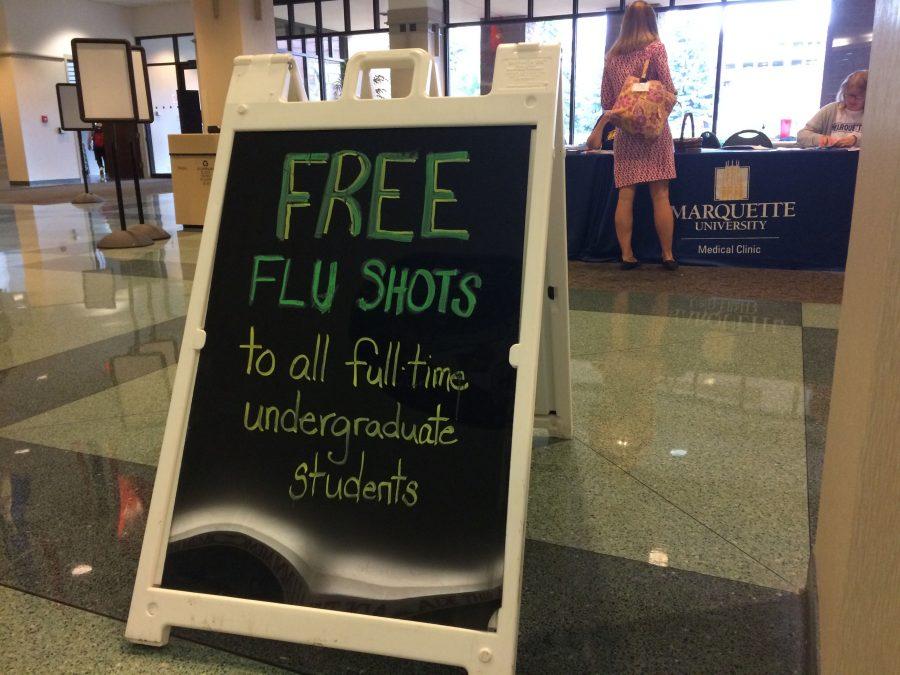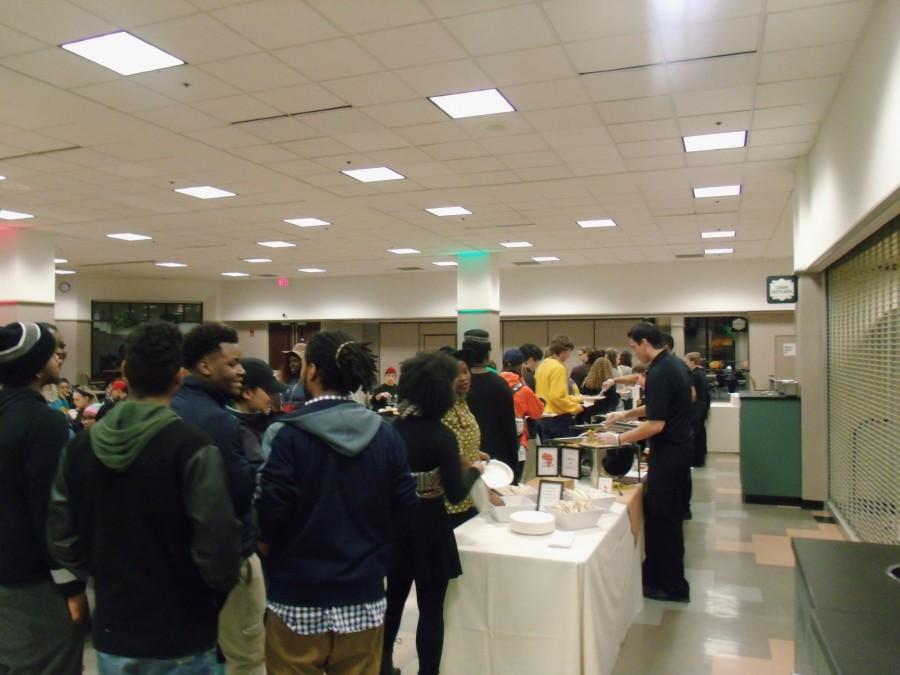A pending Food and Drug Administration decision could make genetically modified fish available for human consumption for the first time, perhaps giving new meaning to the classic Dr. Seuss tale, “One Fish, Two Fish, Red Fish, Blue Fish.”
Massachusetts-based AquaBounty Technologies has developed an Atlantic salmon injected with growth hormone and “antifreeze” genes, which allow it to grow to market size twice as fast.
The FDA has been reviewing the issue since 1995, but last week said the salmon would pose no apparent health or environmental risks and would not have to be labeled as genetically modified if it was sold as food. A final decision on the project could come later this fall.
The salmon, like all genetically modified foods, has sparked much debate.
“If you look at just the public wellness and good in a holistic way, it’s increasingly obvious that we are what we eat,” said Claire Badaracco, a professor in the College of Communication. “The question is, will we as consumers know what is on our plate – what that fish ate, what country was it growing in?”
Badaracco’s ethical problems of mass communications class studies genetically modified organisms, among other issues.
James Courtright, a professor in the department of biological sciences, says environmental impact should also be a concern.
“I think at the level of the eating it, or the effect on animals that eat it, I can’t see that as being a factor,” Courtright said. “But I can’t imagine that if you’re growing thousands that some aren’t going to get into the ecosystems.”
AquaBounty said those questions have already been answered.
“Farmed salmon are fed on small, dry pellets similar to those fed to other farmed livestock and pets,” said a statement on the company’s website.
“AquaBounty has further stipulated that it will market only sterile, all female AquAdvantage® Salmon. Since these fish are unable to reproduce, there can be no gene flow to wild salmon.”
The salmon eggs would be incubated in Prince Edward Island, Canada and then shipped to Panama, where they would be raised in tanks on land.
“As long as the fish is not harmful to anyone, I would see no problem with it,” said Brian Frenzel, a freshman in the College of Engineering.
Courtright said this is merely an addition to the growing list of foods already genetically modified.
“We’ve been eating all kinds of genetically modified food for a long time,” Courtright said. “Corn has been genetically modified by nature for the last thousand years. Humans have been modifying, by one means or another, various crops and animals for a long time.”
Some, however, oppose genetic modification as a whole, citing drops in quality even if the food is safe to eat.
“Strawberries are to the point where [they] are mostly genetically modified fluff, with a shiny red tasty exterior,” said Ryan Knott, a freshman in the College of Health Sciences. “They’re made to look good and increase weight.”
Badaracco said there is more to be learned on the effects of genetic modification.
“Whatever the downsides are of this, in terms of our health, are going to take a long time to understand,” she said.





